Animated comedies have become a prominent part of modern day pop culture for the better half of a century – with shows like ‘The Simpsons’ and ‘South Park’ dominating the media. Similarly, one of the largest animated comedies to come out of Australia comes in the form of ‘The Big Lez Show’ – a poorly drawn YouTube series that has had a firm chokehold on the youth of Australia since its birth in 2012.
‘The Big Lez Show’ follows Lez and his gang, playing off the Australian battler archetype (although in an admittedly more crass manner than the likes of Russell Coight or Darryl Kerrigan.) Rather, the uncensored nature of the internet allows director Jarrad Wright to skilfully craft his web series, riddling it with explicatives, heavy drug use, violence and sarcasm – all in an attempt to lean into the darker side of Australian humour.
As you’d imagine, this unrestrained depiction of Aussie culture has built itself a cult following, with its raw authenticity resonating with Australian media audiences in a way that many other series fail to do so. Even outside the show, ‘The Big Lez Show’, and its spinoffs’ have been embraced almost everywhere – from TikTok trends to Toohey’s Extra Dry Commercials – and have become undoubtedly ingrained within the modern Australian mediascape.
I myself have loved ‘The Big Lez Show’ and, though it may be viewed as trashy and crass by some, I believe it holds an undeniable place within Australian pop culture. TBLS perfectly exemplifies Storey’s (2015) definition of modern pop culture, where he suggests pop culture is ‘culture made by the people for themselves‘. Written, drawn, voiced and directed by solo-act Jarrad Wright, TBLS thrives off this idea. It’s clear that, not only does Wright understand the nuances he looks to target, but has lived it himself. The show is just as much for him, as it is for the Australian public.
But why? Why with millions of animated series out there does ‘The Big Lez Show’ stand out? The low production quality is dwarfed by animated comedy giants yet, young Australians seem to have its’ quotes and characters seared into their brains.
Well, whether it’s Sassy the Sasquatches’ iconic catchphrase, wadiyatalkinabeet (what-are-ya-talking-about?) or the character of Clarence, the resident punching bag of the group, the ‘Big Lez Show’ cultivates a sociolinguistic environment that Australians are familiar with. This deep seeded connection has been coined by a number of media theorists as ‘cultural proximity’ – the idea that we’re drawn to content that resonates with our cultural understanding of the world (Ksiazek & Webster, 2008). ‘The Big Lez Show’ nails this on the head, playing on Australian colloquialisms and tropes to develop a piece of media that can be richly engaged with, should you have the cultural, social and geological context.
It’s why I as a viewer can enjoy Mike Nolans trip to the Pokies however, an international audience may struggle to find the humour in it’s culturally specific connotations (Jiang et al., 2019). Similarly, it’s why higher Australian society may write off TBLS. Even even though they are familiar with the terminology (RSL’, ‘tradies’ or ‘smokes’) they lack the social context to understand why it’s humorous.
All in all, it’s this acute understanding and representation of niche Australian culture that’s allowed TBLS to truly capture the hearts of millions. It’s relatable, it’s nuanced and – if you’ve got the right context – it’s bloody hilarious.

